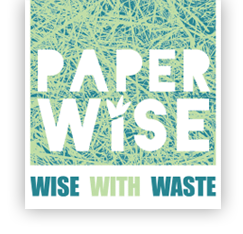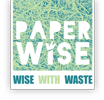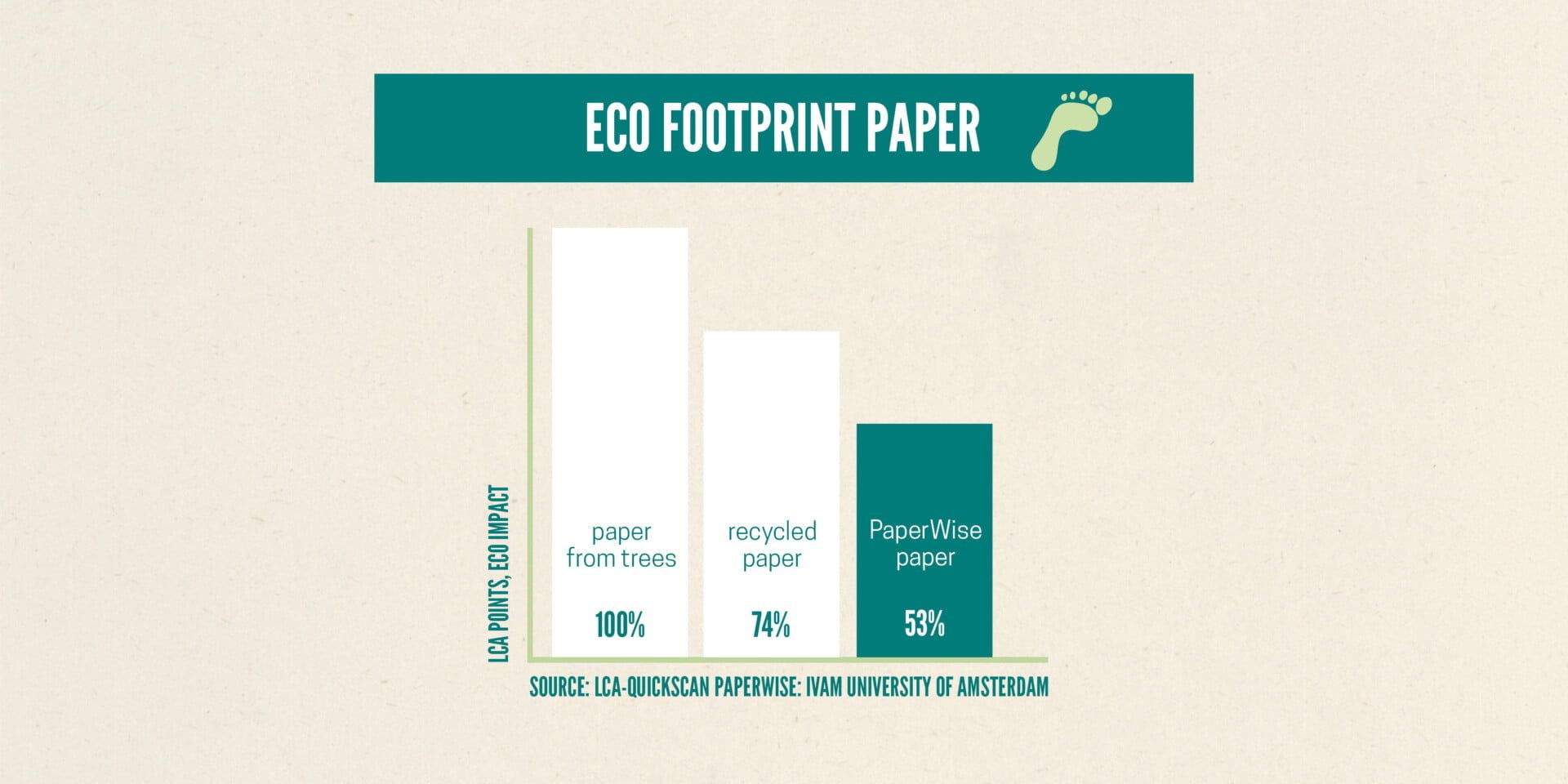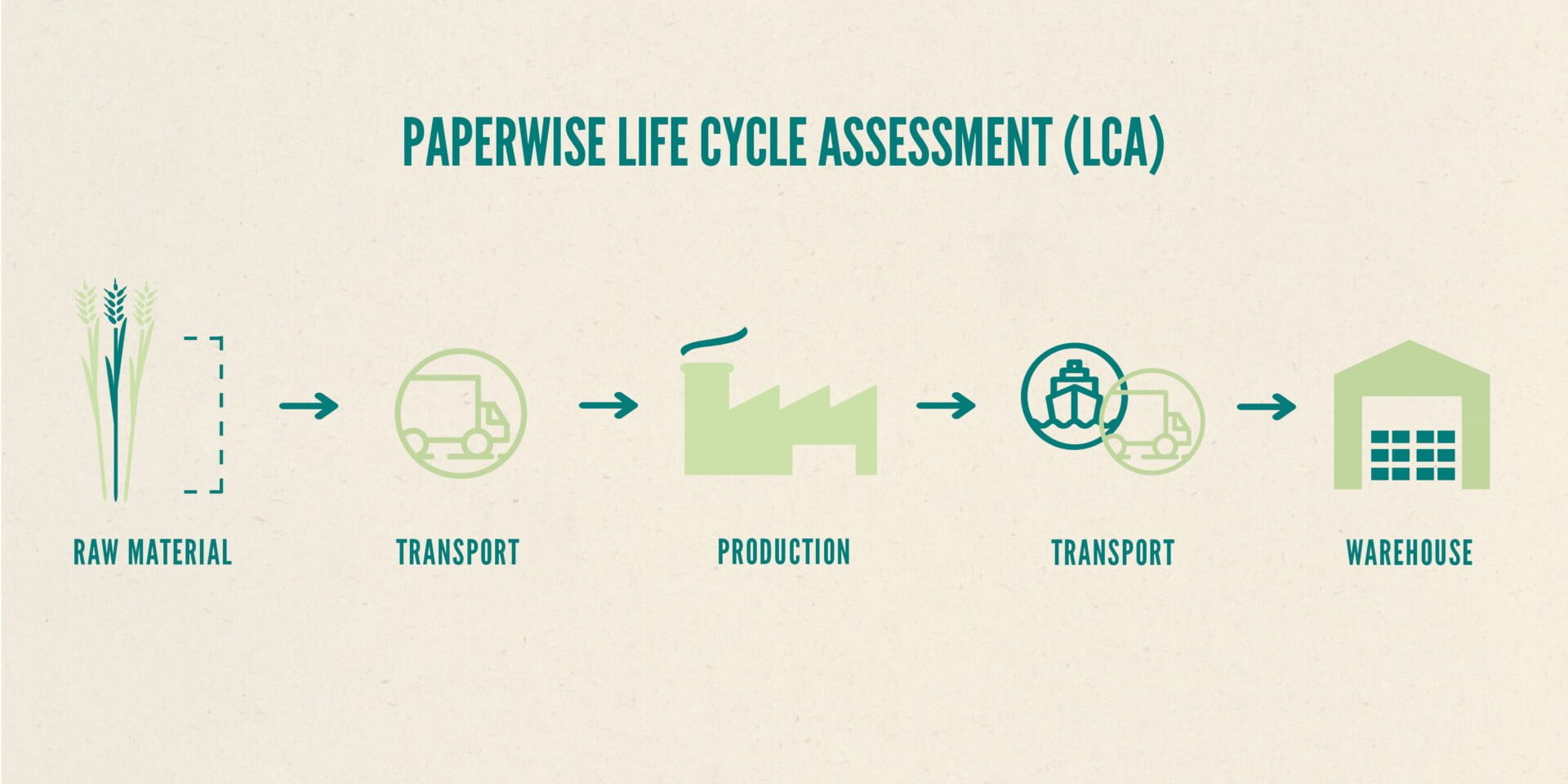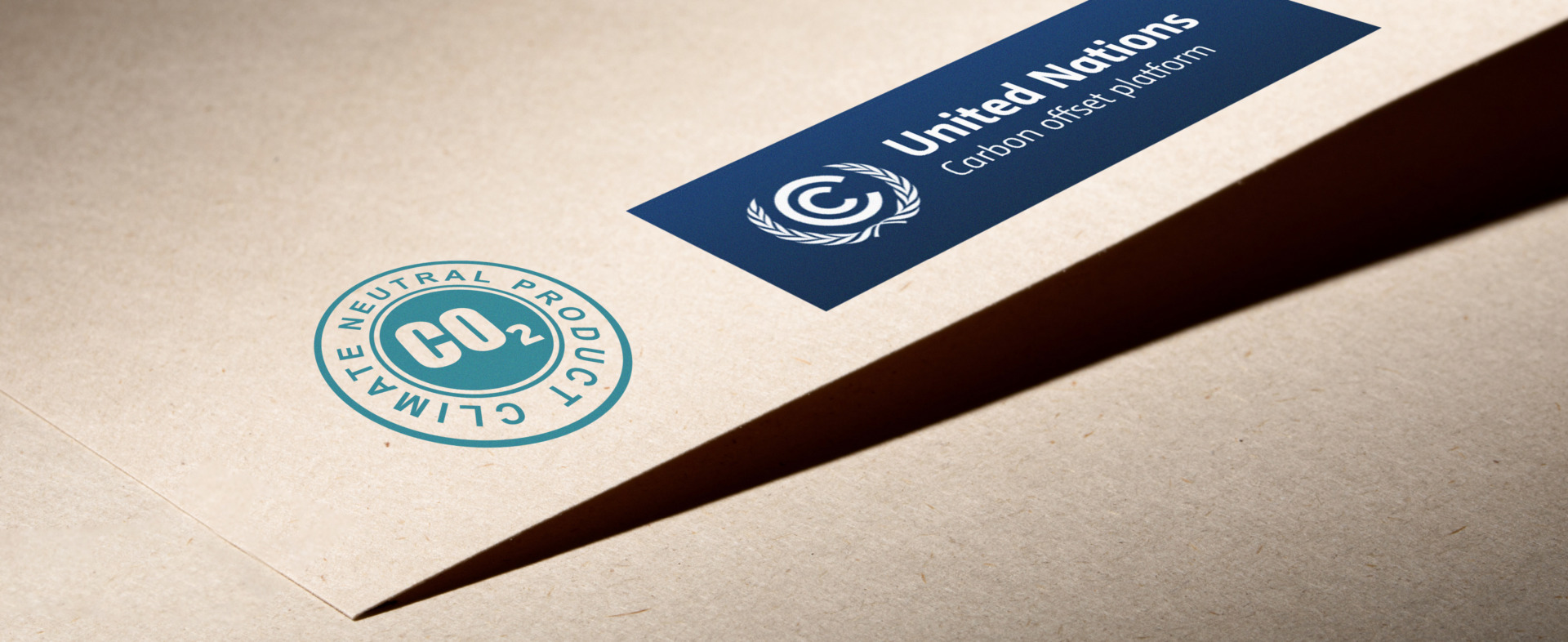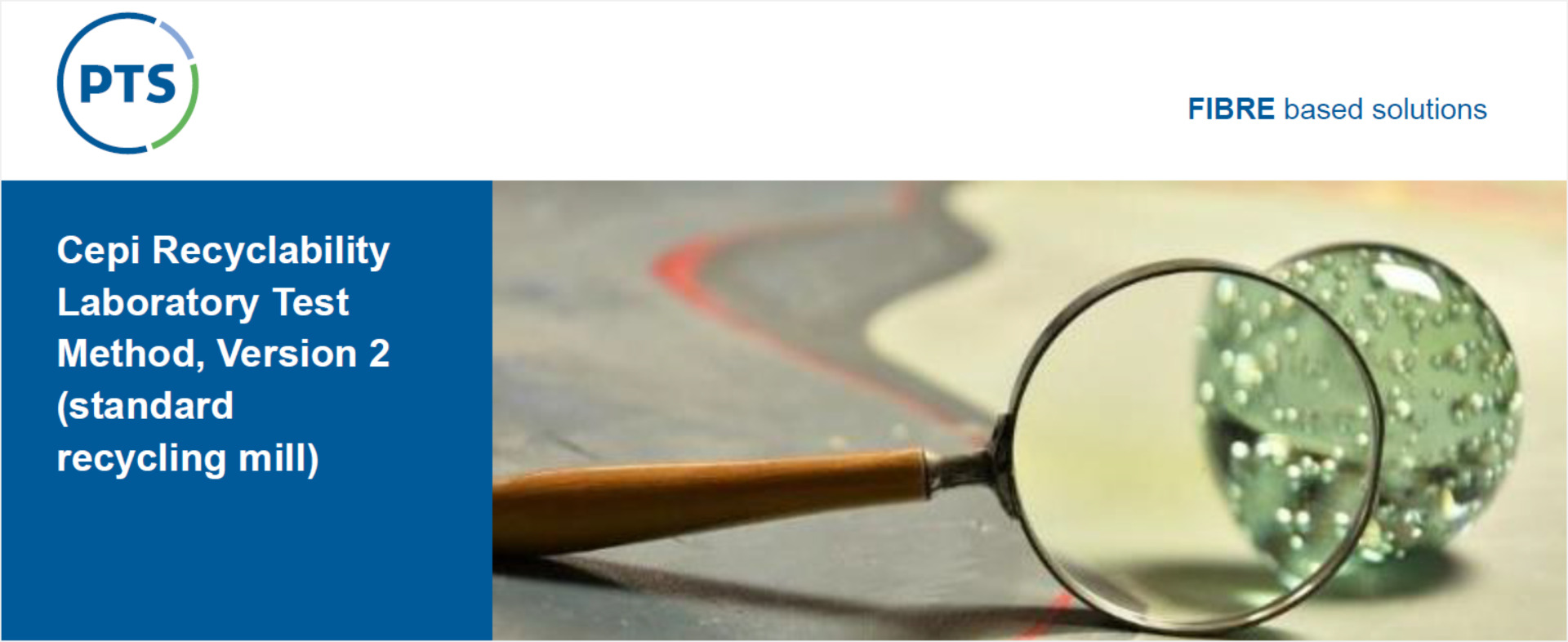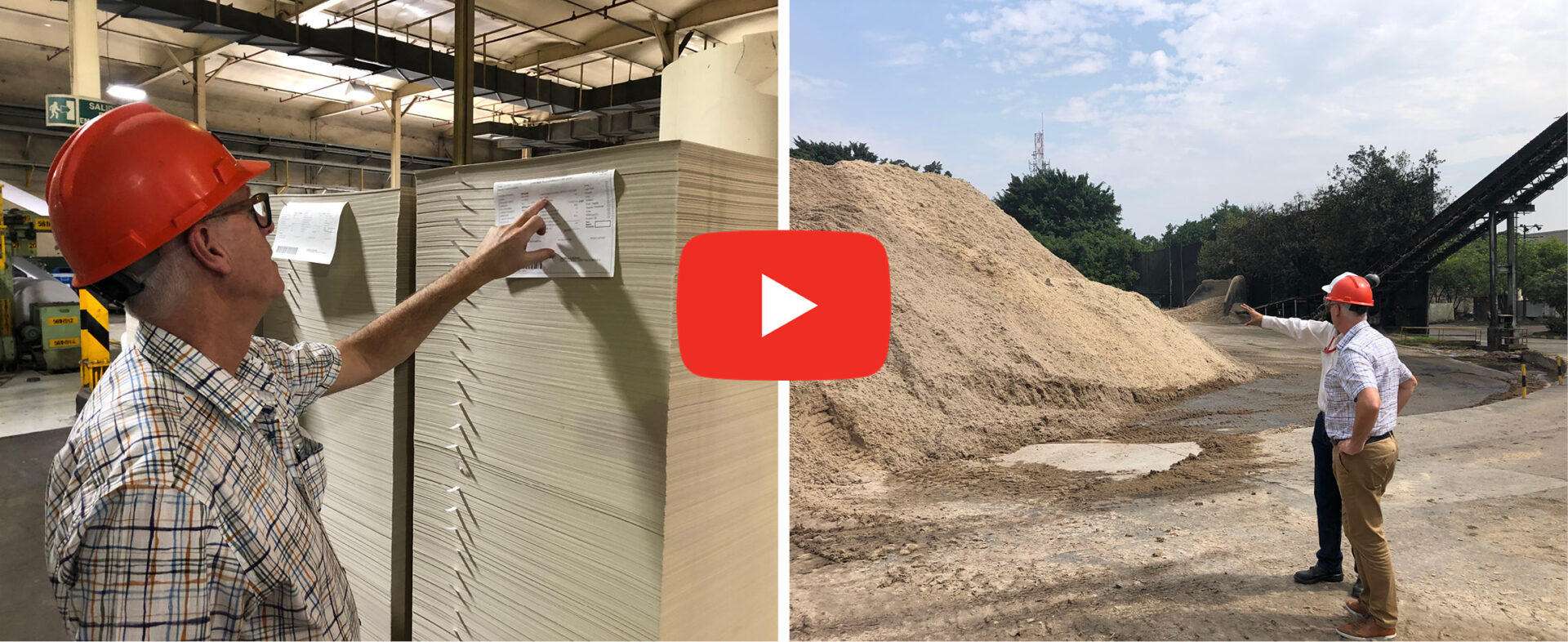

CO2 neutral paper
The difference between CO2 neutral paper, climate neutral paper and paper with a low environmental impact is quite simple. CO2 neutral paper is paper of which the CO2 released – measured over the entire production chain – is compensated. Even if PaperWise is made in a sustainable manner, you still have to deal with CO2 over the entire chain. This is because the tractors on the land, the trucks, trains and boats we need for transport do not all run on green energy yet.
Climate neutral paper
With climate neutral paper, there are several factors that come into play. Carbon dioxide (CO2) is only one of the greenhouse gases that cause climate change, or global warming. Other important greenhouse gases that contribute to global warming besides CO2 are CH4 (methane), N20 (nitrous oxide), gases containing fluorine and O3 (ozone). Climate neutral paper is paper of which the impact of all these gases is compensated. The greenhouse gases are converted into CO2 equivalents and then compensated. Again measured over the entire production chain, so including harvesting, paper production itself and all transport movements.
PaperWise has had all these greenhouse gases measured over the entire chain, as part of an independent environmental comparative study, a Life Cycle Assessment (LCA), in which the total climate impact of PaperWise was calculated over the entire production chain. PaperWise is made sustainably and all other greenhouse gases (expressed in CO2 equivalents) are offset with Gold Standard & United Nations. PaperWise paper and board is therefore not only carbon neutral, but also climate neutral.
The environmental impact of paper measured from the crop to PaperWise
But carbon neutral or climate neutral paper says nothing about the environmental impact of paper or cardboard. The above mentioned LCA study, which was commissioned to IVAM University of Amsterdam by PaperWise, has given insight into the total environmental impact of PaperWise paper measured over the entire production chain. The environmental impact of PaperWise has been compared to paper made from trees and recycled paper. The LCA study shows that PaperWise paper has a 47% lower environmental impact than paper made from trees and a 29% lower environmental impact compared to recycled paper. And that includes transport from the factories in India and South America where PaperWise is made to the distribution center in the Netherlands.
Life Cycle Assessment (LCA) of paper
The Life Cycle Assessment (LCA) of paper, also known as cradle-to-grave analysis, is a method of determining the total environmental impact of a product throughout its life cycle, i.e. extraction of the necessary raw materials, production and transport. The use and waste phase can also be included in the calculation if desired, but is not considered in the PaperWise LCA study. Why, you may ask? Well, because these steps are the same for PaperWise paper, paper made from trees and recycled paper.
In PaperWise’s environmental comparison study (LCA), 17 different environmental impact categories were measured and compared with tree and recycled paper:
- Climate Change Human Health.
- Climate Change Ecosystems.
- Ozone depletion.
- Terrestrial acidification (Acidification, soil)
- Freshwater eutrophication (Fertilization, freshwater)
- Human toxicity
- Photochemical oxidant formation (Smog formation)
- Particulate matter formation
- Terrestrial ecotoxicity (Soil ecotoxicity)
- Freshwater ecotoxicity (Ecotoxicity, freshwater)
- Marine ecotoxicity (Ecotoxicity, saltwater)
- Ionising radiation
- Agricultural land occupation
- Urban land occupation
- Natural land transformation
- Metal depletion (Depletion, minerals/metals)
- Fossil depletion (Exhaustion, fossil)
This way, all environmental research organizations worldwide can make the same calculation and come to the same conclusion. To do good for a better environment, it is therefore too simple to only look at the CO2 impact or climate impact of a product. In other words, only the top two environmental impact categories are taken into account. In the PaperWise LCA study, all 17 categories are included in the calculation.
And that is why PaperWise has a 47% lower environmental impact than paper from trees and a 29% lower impact than recycled paper. The CO2 and other greenhouse gases that cause CO2 emissions and climate change are compensated by PaperWise and therefore PaperWise is CO2 neutral and climate neutral.
